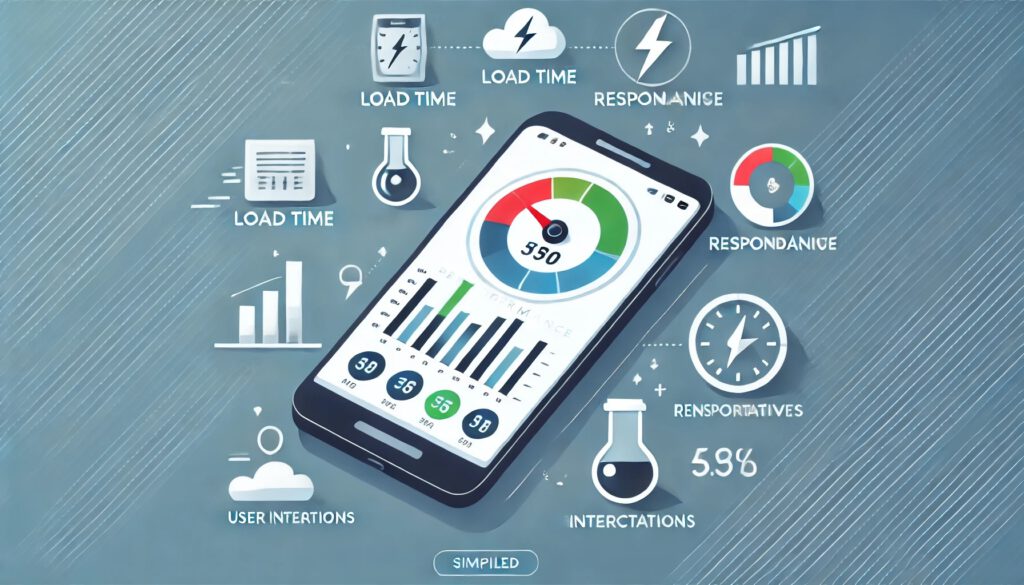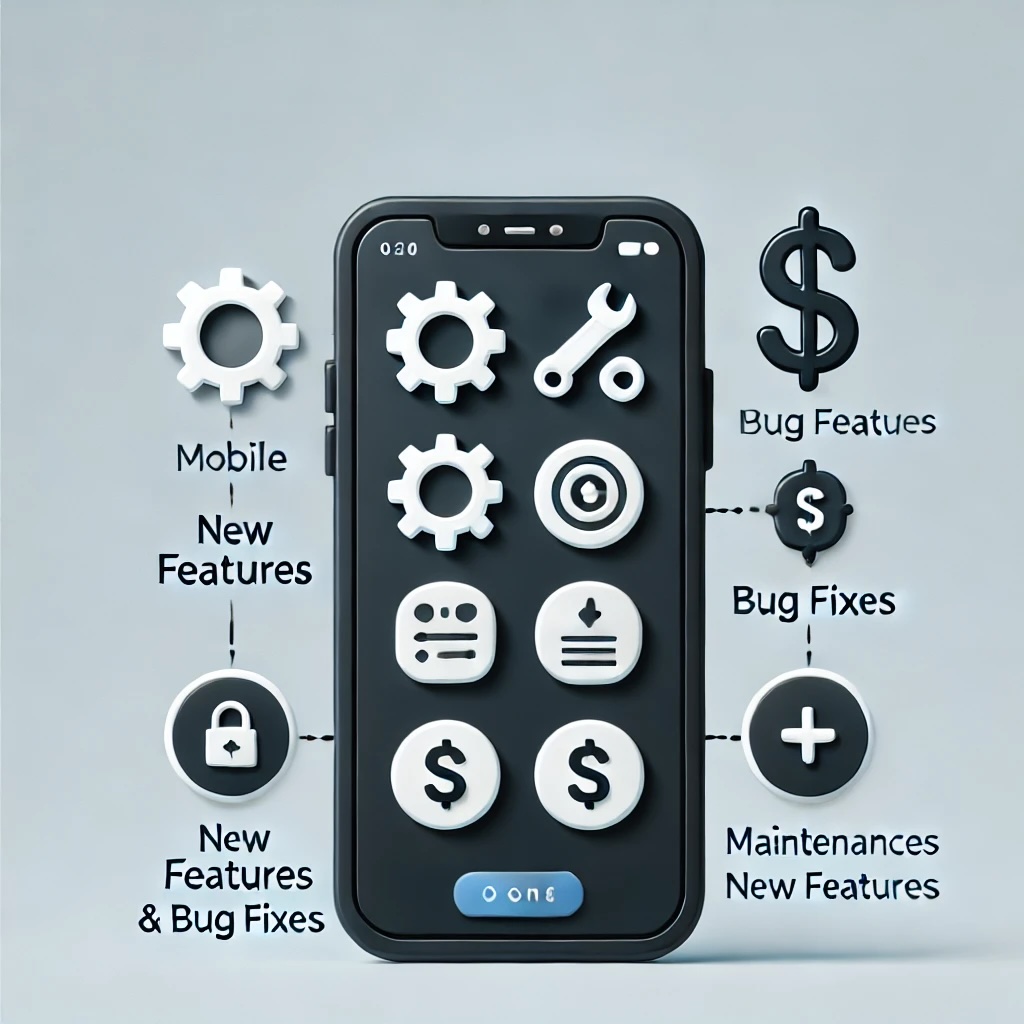Choosing The Best Mobile App Framework
Considerations
There are numerous frameworks available, each based on different technologies such as Native, Cross-Platform Native (sometimes referred to as Hybrid), and PWA (Progressive Web Apps). Each of these technologies, as well as the individual frameworks within them, comes with its own set of advantages and disadvantages.
Choosing the ”right” framework carries risks both in the short term and from a long-term perspective. Even if a particular framework is the most suitable from a technical standpoint for one project or company, it doesn’t necessarily mean it will be the best choice for another.
Time-To-Market
When facing a tight deadline to release an app to the app store for customers, setting up two separate teams and projects, one for Android and one for iOS can be challenging. It involves finding and hiring developers to meet the specific needs of both teams. This is one of the significant advantages of choosing a cross-platform framework. Such a framework allows for sharing the majority of the codebase, reduces the demand for diverse skill sets to develop the app, and simplifies the synchronization of functionality for releases across platforms by utilizing a single team instead of two.


App Performance
Today, all major cross-platform frameworks have matured significantly, and performance is no longer as big of a challenge as it was for some frameworks a few years ago. However, if performance is crucial and the app you are developing is very complex, it is important to consider what can impact performance and how different frameworks handle these challenges.
While performance is generally not an issue for most apps using cross-platform frameworks, there are still factors to consider. For instance, the efficiency of rendering, memory management, and the ability to handle intensive tasks like real-time data processing or high-resolution graphics can vary between frameworks. Evaluating the specific performance needs of your app, such as responsiveness, load times, and smooth user interactions, will help in choosing the right framework.
Additionally, understanding the framework’s capabilities in optimizing performance through techniques like code splitting, lazy loading, and hardware acceleration can also be beneficial. Assessing community support, available plugins, and the frequency of updates can further ensure that the framework continues to meet performance expectations as new demands arise.
Feature Availabiity
Consider the technical requirements of an app, focusing on the features it needs now and may need in the future. Does the app require access to Bluetooth, camera, GPS, Augmented Reality, and so on?
Different technologies (web, hybrid, native) have varying levels of access to these features. Some may have limited or no access at all. Choosing a framework that currently supports the necessary features is crucial, but it’s equally important to anticipate future requirements. If the chosen framework doesn’t support new essential features as they become necessary, you may face the costly and time-consuming task of rebuilding the app in a new framework. This risk can have significant consequences for the project’s success and timeline.
Furthermore, evaluating the framework’s community and support ecosystem can also impact feature availability. A well-supported framework with active development and community contributions can provide timely updates and plugins to extend functionality, mitigating some of the risks associated with evolving feature requirements.


Third Party Risks
It’s no secret that Apple develops iOS and Google develops Android, creating their own development tools and SDKs, which are considered first-party frameworks. In contrast, all other frameworks are deemed third-party frameworks. There are no guarantees that the initial developers of a third-party framework will continue to support it in the future.
While it’s unlikely that major third-party frameworks like Flutter, React Native, Xamarin/MAUI, and others will be discontinued anytime soon, there are many smaller third-party frameworks where the risk of abandonment is higher. Even if these smaller frameworks are excellent, the potential for them to be discontinued poses a significant risk.
Additionally, relying on third-party frameworks can introduce dependencies on external updates and support, which may not always align with the latest OS updates or new hardware features. This can lead to compatibility issues and increased maintenance efforts. Evaluating the long-term viability and community support of a third-party framework is crucial when making your choice.
It’s also wise to consider the framework’s track record for updates and how quickly it adapts to changes in the mobile ecosystem. Choosing a well-supported framework with an active community can mitigate some of these risks, ensuring that your app remains functional and up-to-date as new technologies emerge.
Hiring
One crucial factor to consider is whether you have access to resources with the ”right” skills for the framework you intend to use. Even if a specific framework is technically perfect for a mobile app, it might not be the best choice overall. You need developers who are proficient in the framework and the language(s) it uses to effectively develop and maintain the application.
Consider the current availability of these resources and how it might change in the future. Do you have in-house developers, or do you rely on consulting firms with these skills? Additionally, are the technologies used in the framework aligned with other development activities within the company that you can leverage as needed?
It’s also important to evaluate the long-term sustainability of your team’s expertise. Training and onboarding new developers can be time-consuming and costly, so choosing a framework with a broad talent pool and good community support can mitigate these risks. This ensures that your team can adapt to future demands and continue to develop and maintain the app efficiently.


Development costs
As with any project, developing a mobile application incurs costs. This includes paying developers and other team roles required to build the app, similar to other systems such as web, backend, or cloud services. One of the significant advantages of using cross-platform frameworks is the potential cost savings. Typically, you only need one development team instead of two separate teams for Android and iOS.
When choosing a technology and framework, consider the initial development costs associated with the expertise required for each platform, the complexity of the app, and the availability of skilled developers. Cross-platform frameworks can streamline development.
Maintenance costs
Maintenance costs often surpass initial development costs. Maintenance includes adding new features, fixing bugs, and ensuring compatibility with updated operating systems and devices. Similar to the initial development phase, using a cross-platform framework offers the advantage of requiring only one team instead of two separate teams for Android and iOS. This can streamline the maintenance process and potentially reduce costs.
The choice of framework can significantly impact the maintenance workload. For instance, some frameworks may require more frequent updates or have less robust support, leading to higher ongoing costs. It’s generally accepted that maintenance accounts for over 80% of the total cost of ownership of an app throughout its lifecycle. This includes not just the technical upkeep but also adapting to user feedback, integrating new technologies, and ensuring security compliance.

